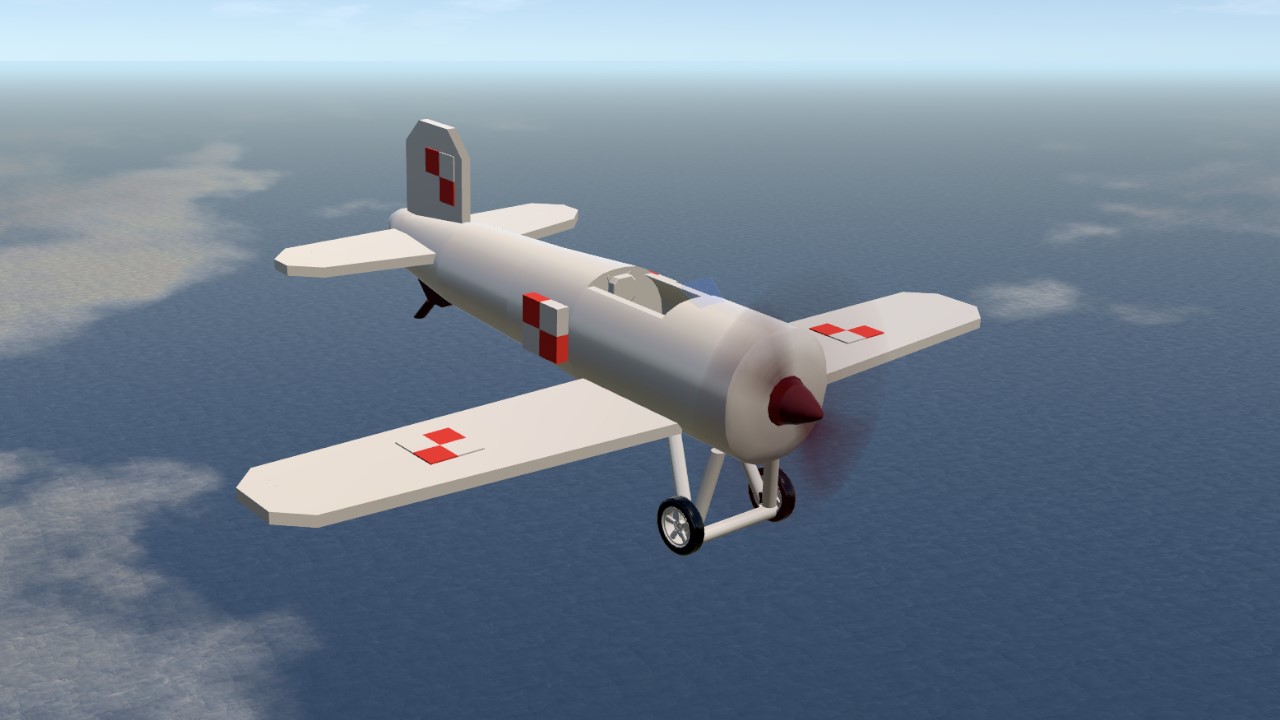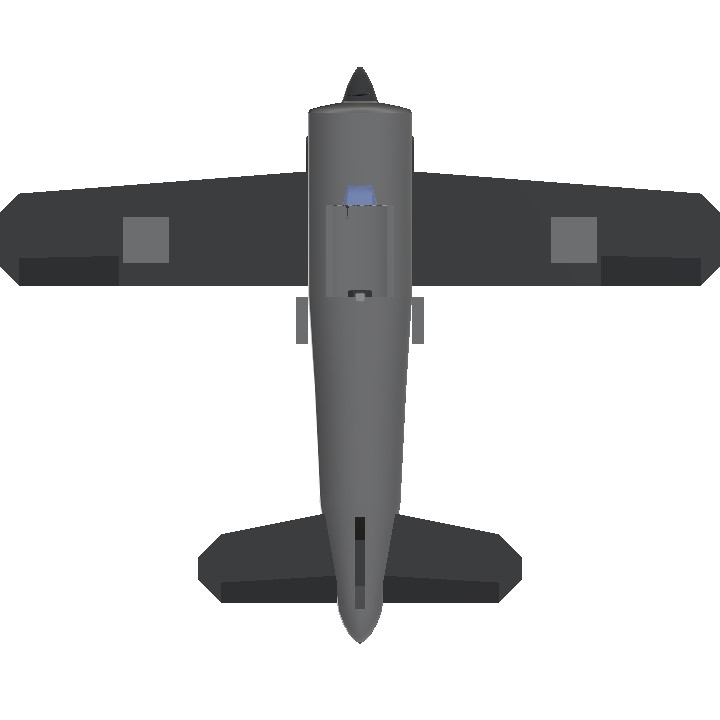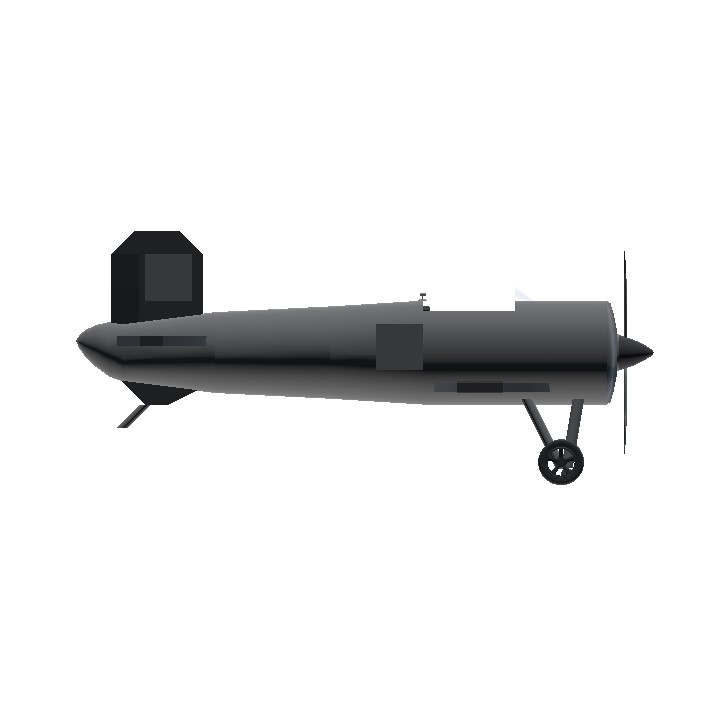In 1914, Poland was a dream, not a geopolitical reality. The disastrous War of the Polish Succession issued in the partition of the ancient, Catholic kingdom. Austria took Galicia in the southwest. Protestant Germany annexed Silesia and parts of the Polish Baltic. Reactionary, Orthodox Russia siezed the rest and ruled it harshly. From time to time, inspired by enthusiasm for Chopin or the polka, romantics, idealists, and eccentrics of various stripes championed Polish independence, particularly during the effusion of nationalist sentiment that swept Europe in the nineteenth century. For a time, under Napoleon, the nation even enjoyed a nominal independence and a considerable vogue in fashionable circles. But, in practical diplomatic or military matters, Polish patriots were invariably on their own and at the mercy of foreign guns. In simple terms, Poland had ceased to exist for the Great Powers. They had long since decided her fate and had no desire to reopen an issue that might lead to considerable bother and expense.
The impending World War seemed likely to change all that in an instant. The bother and expense was already upon Europe's leaders, who now avidly sought allies great and small. The time seemed right for Poland to again exert herself. She might now make her freedom the price of her support for one of the combatant powers or at least weaken her enemies by turning them against one another. Noting the growing antagonism between Austria and Russia and cognizant of Germany's designs on the latter, a militant nationalist, former socialist, and future military dictator named Joseph Pilsudski organized and led a series of Polish Legions under the Austrian banner. Many of his compatriots took the more traditional route and went west, to Paris, where they served with the French Foreign Legion or, in time, with the forces of a Polish government in exile. Others entered Russia's own Polish Legions, hoping to win by loyalty what they had never been able to sieze by force of arms.
The near simultaneous defeat of the Central Powers and the collapse of Russia into anarchy and revolution seemed to vindicate this thinking. The powers that had divided Poland in a gentlemen's agreement 123 years earlier had now defeated one another. Accordingly, on 9 November 1918, Poland proclaimed herself a republic, with Pilsudski as head of state and the famous pianist, Jan Paderewski as premier. The future seemed secure at last.
Unfortunately, a tradition of nationalist extremism and an intolerance born of long service in the Austrian and Prussian armies had made Poland's new leaders intransigent and aggressive. When the Versailles Treaty accepted the recommendations of the Curzon Commission and settled Poland's eastern border in Russia's favor, well to the west, the Polish government reacted violently. It demanded all territory that had been Polish prior to the partition of 1772, even though most the residents in these lands were ethnic Belorussians or Ukrainians. Then it went on to claim newly independent Lithuania's ancient capital, Vilnius, and Czechoslovakia's Teschen region on ethnic grounds, even though the latter had never been part of Poland. Poland's leaders were, moreover, ready and eager to use force in support of this inconsistent, neo-imperialist policy. War with Soviet Russia, Lithuania, and Czechoslovakia quickly followed.
Specifications
General Characteristics
- Created On Mac
- Wingspan 25.6ft (7.8m)
- Length 20.2ft (6.1m)
- Height 8.9ft (2.7m)
- Empty Weight 2,110lbs (957kg)
- Loaded Weight 2,719lbs (1,233kg)
Performance
- Horse Power/Weight Ratio 0.183
- Wing Loading 22.5lbs/ft2 (109.9kg/m2)
- Wing Area 120.7ft2 (11.2m2)
- Drag Points 2738
Parts
- Number of Parts 63
- Control Surfaces 5
- Performance Cost 267




